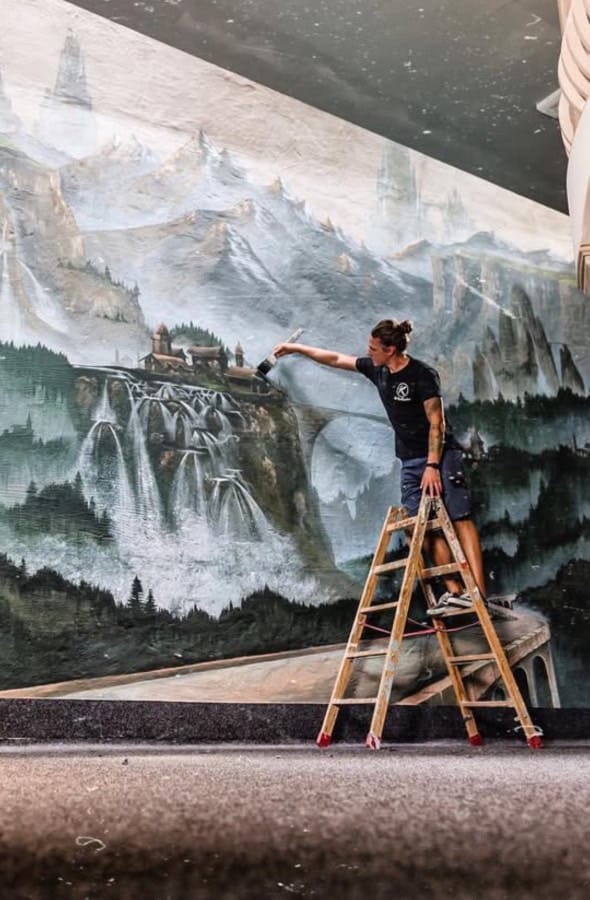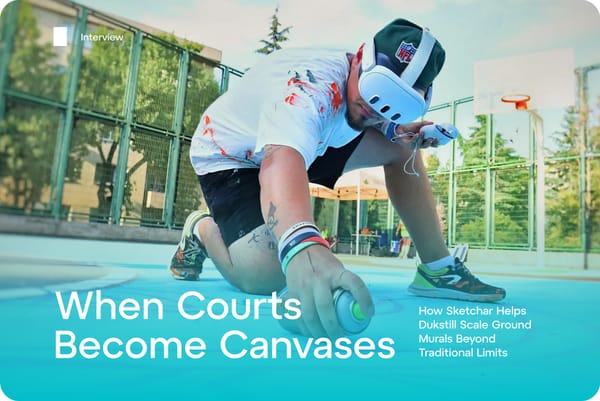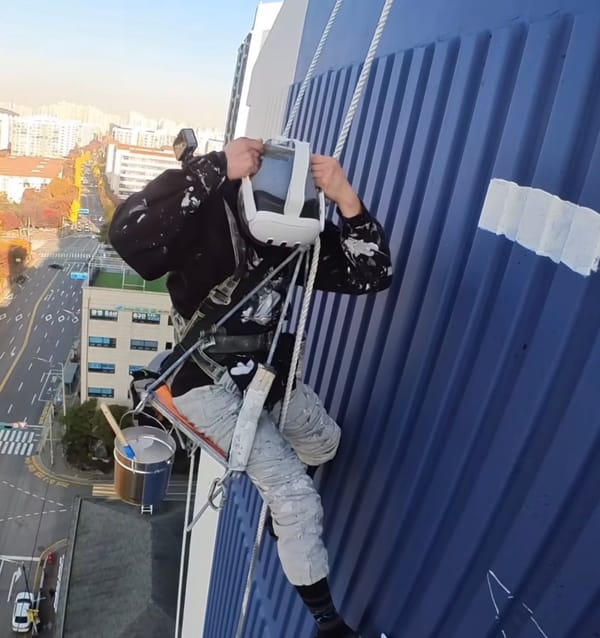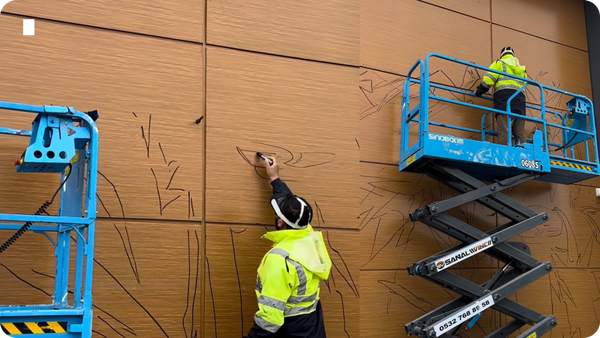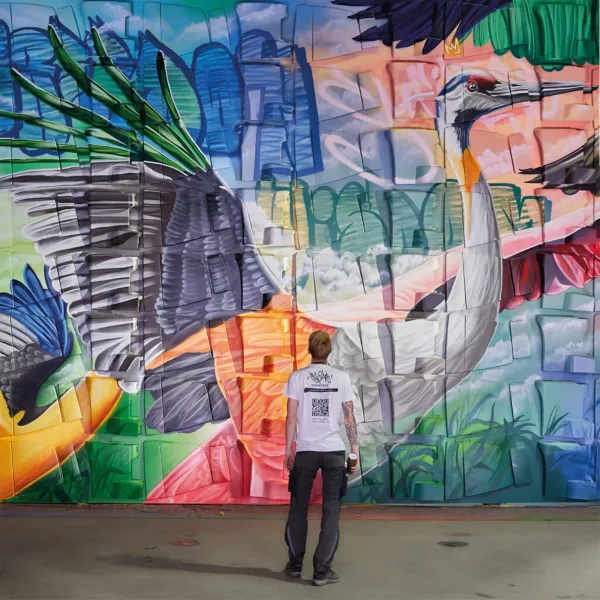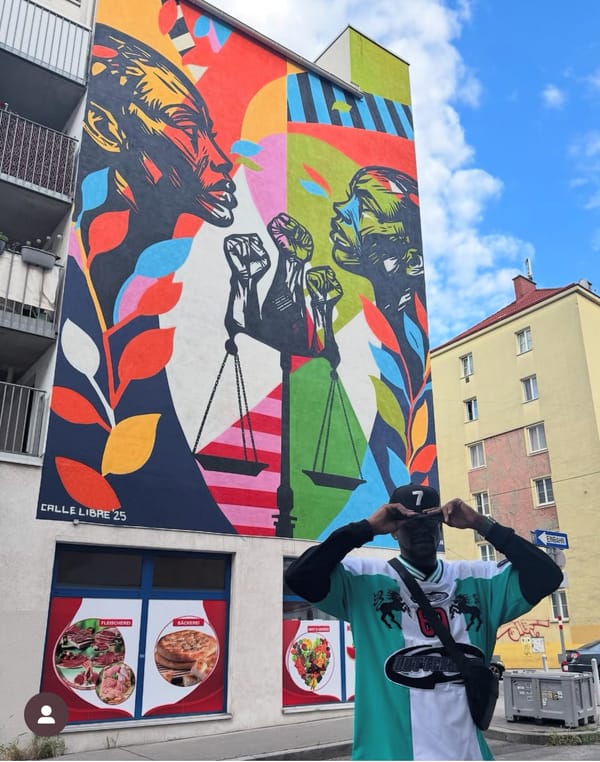In the world of professional mural art, speed, precision, and clear communication with clients are essential. Today, tools like VR headsets and Sketchar are reshaping how commercial artists work — allowing them to visualize concepts instantly, streamline approvals, and move from sketch to wall faster than ever.
Florian Erb is an experienced theater and stage painter, and has worked as a freelance mural artist and author for over a decade. He is passionate about bringing spaces to life with color, form, and storytelling. What sets him apart is the combination of meticulous craftsmanship, creative vision, and the ability to transform any wall or façade into a distinctive work of art that resonates with its surroundings.
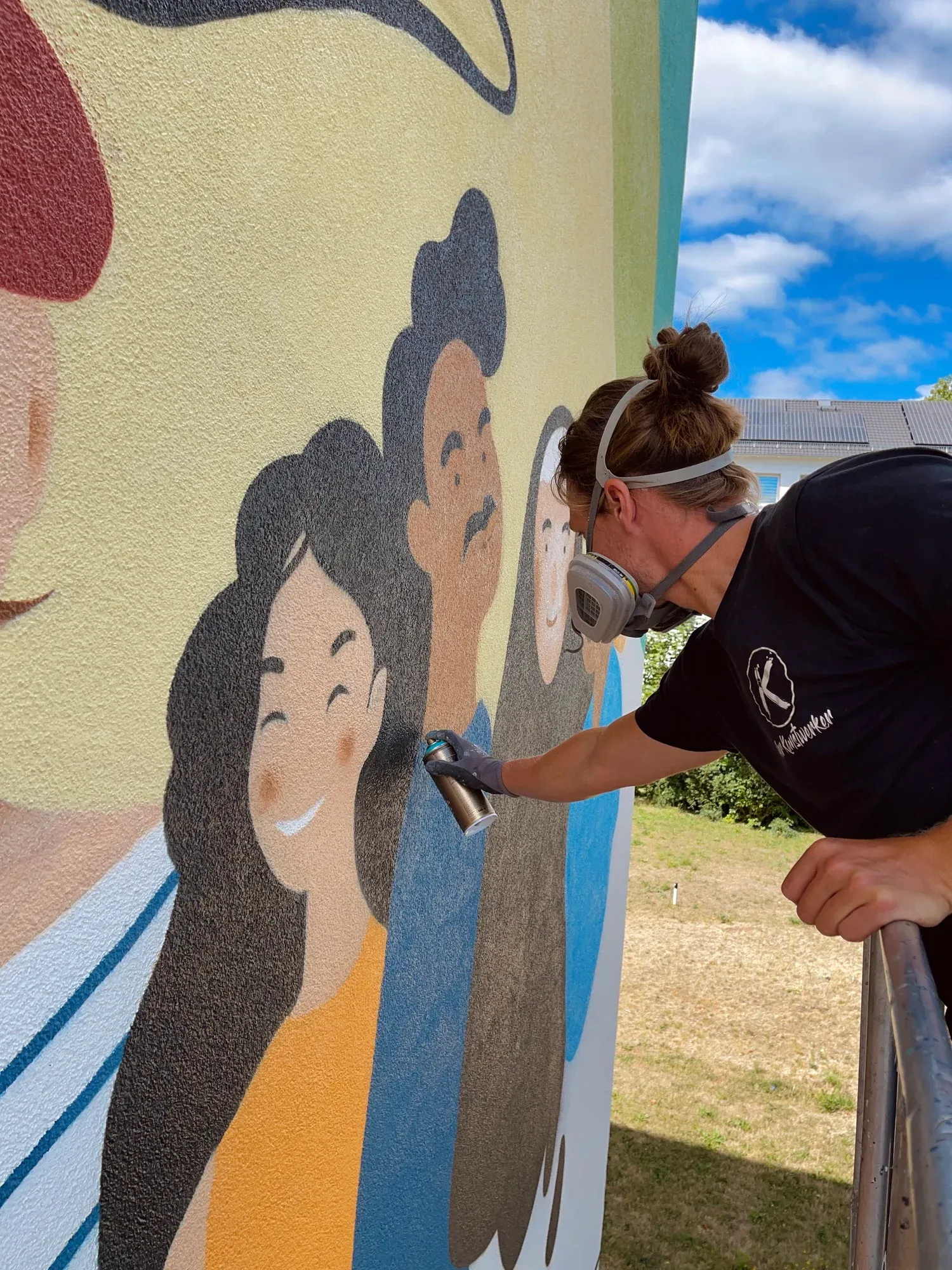
In this interview, Florian shares how VR and Sketchar have accelerated his workflow, improved communication with clients, and opened new possibilities for commissioned murals.
1. You’re an experienced mural artist who makes a living from commissioned work. What was your first impression when trying VR and Sketchar for the first time?
On the one hand, I felt like I was living in the future. At the same time, I was amazed that I could suddenly project in broad daylight without waiting for it to get dark so I could unpack the projector.

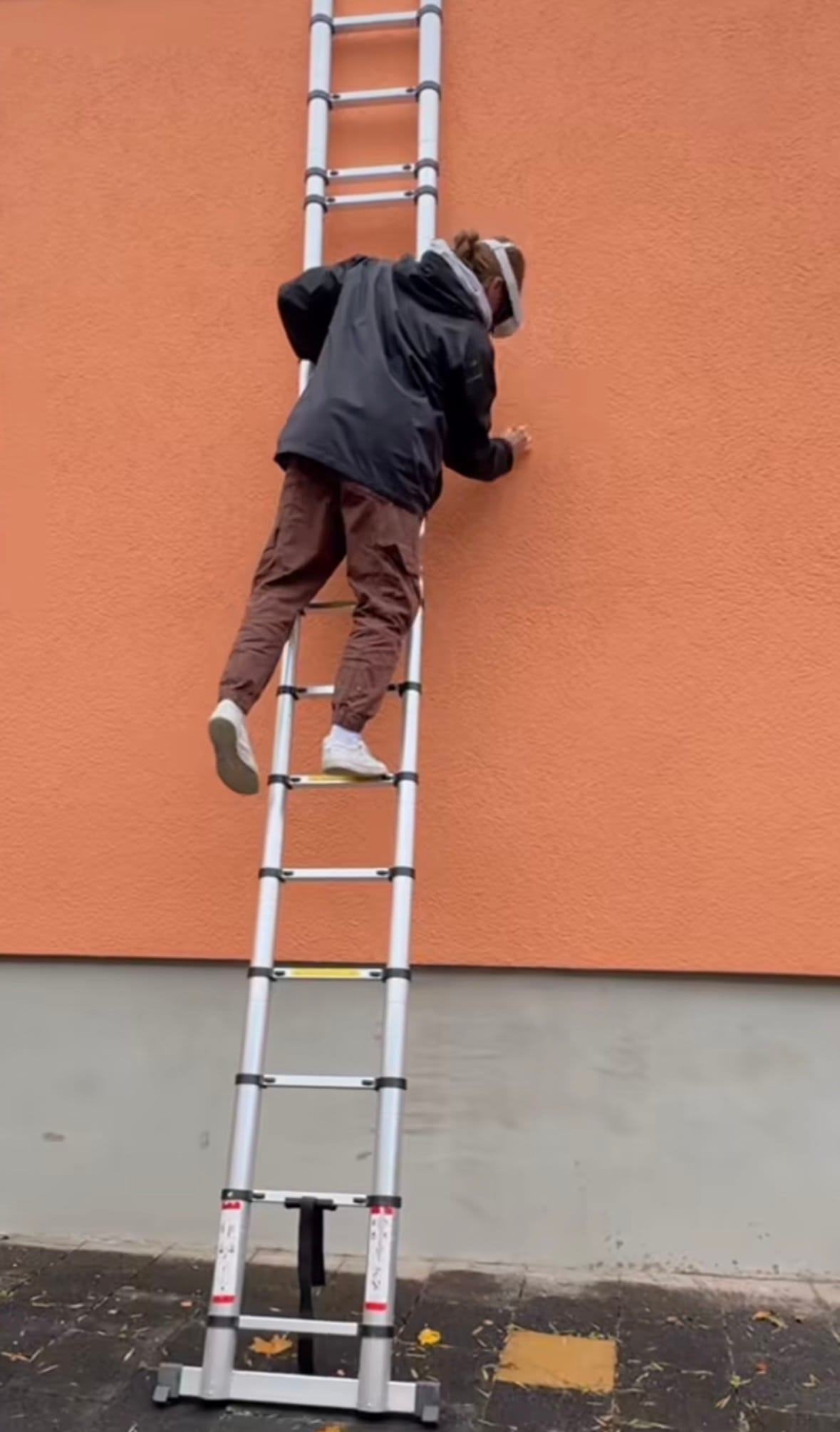
2. As a commercial artist, what is the most valuable benefit or key feature that made you shift from traditional tools like projectors to a VR workflow?
The productivity and efficiency are unbeatable! It’s incredibly easy to use, and the fact that it works without cables is what makes it truly smart.
3. Tell us more about your mural-creation process — from sketching and discussing ideas with clients to the actual painting. At which stages does VR or Sketchar help you work faster or more efficiently?
At the moment, I primarily use VR to transfer the drawing onto the wall surface. In some cases, it even makes sense to meet the client on-site so they can see the design directly on the wall through VR — and that’s usually the moment when they decide to place the order.

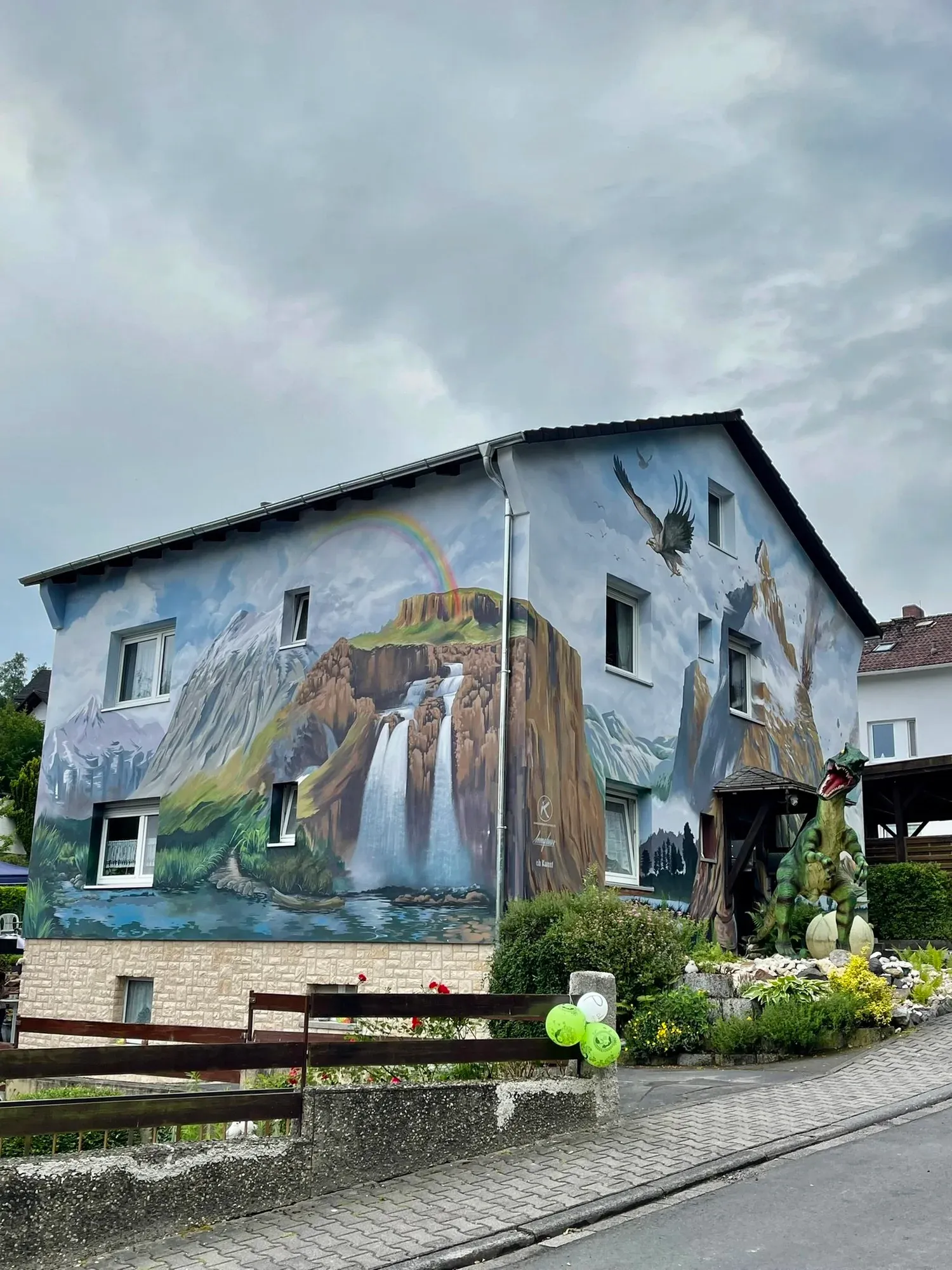
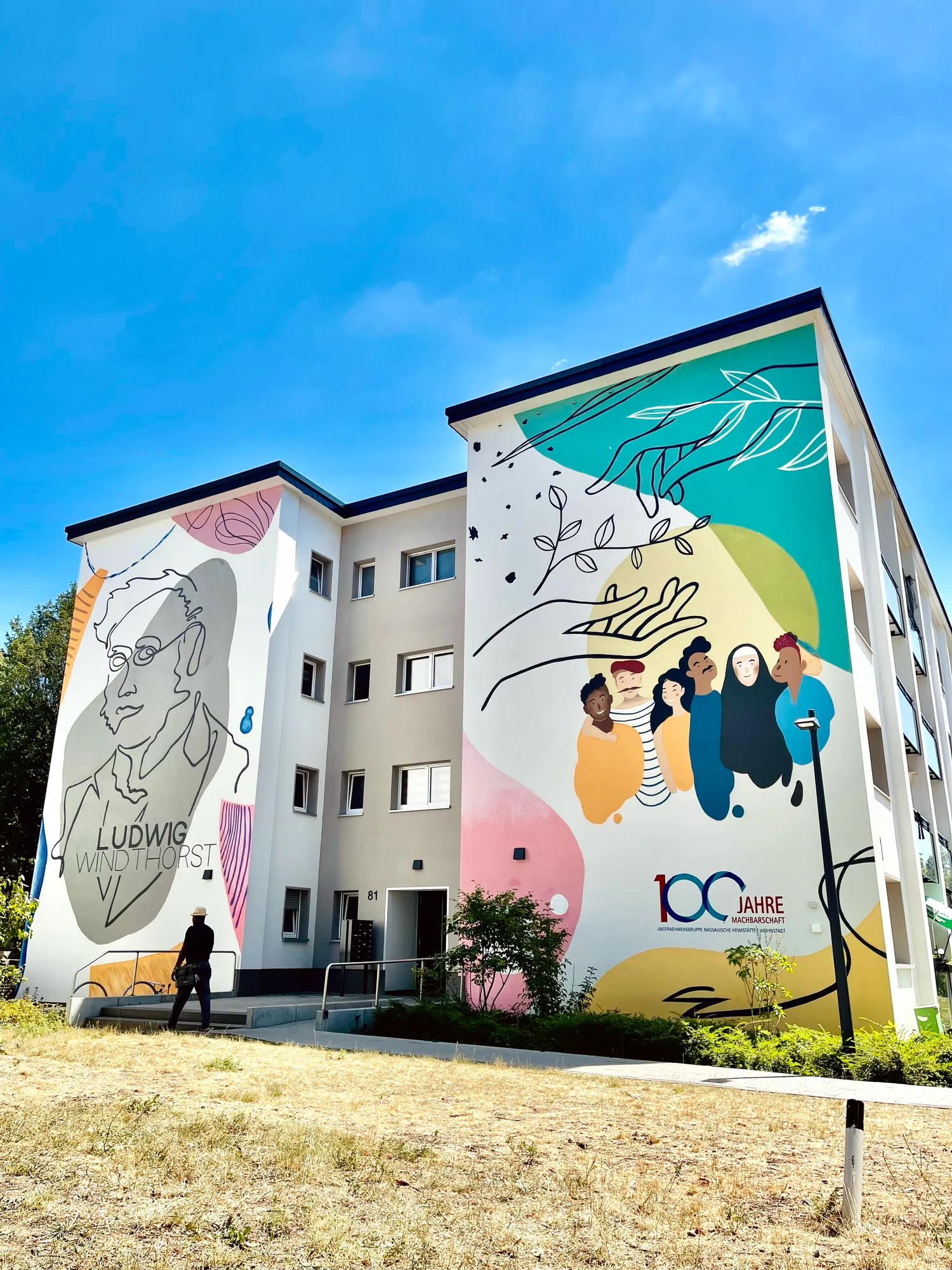
Photo: Florian's website
4. How would you explain the value of VR as a tool to other artists who have never tried it?
I often face the challenge of getting the drawing exactly right in terms of proportions and perspective. When painting later, there’s always a bit of uncertainty, which means I can’t fully focus on the creative part — the coloring. VR gives me complete confidence in the proportions, allowing me to work with much more peace of mind. As a freelance artist, I enjoy the challenge, but as a commercial mural painter, efficiency is essential so I can pay my bills.
5. How do you see the future of mural art evolving with VR and platforms like Sketchar?
Three years ago, I was still working with completely different tools. It’s hard to even imagine where all of this will go. I’m very excited, and I love keeping up with the times — especially when technology meets art!
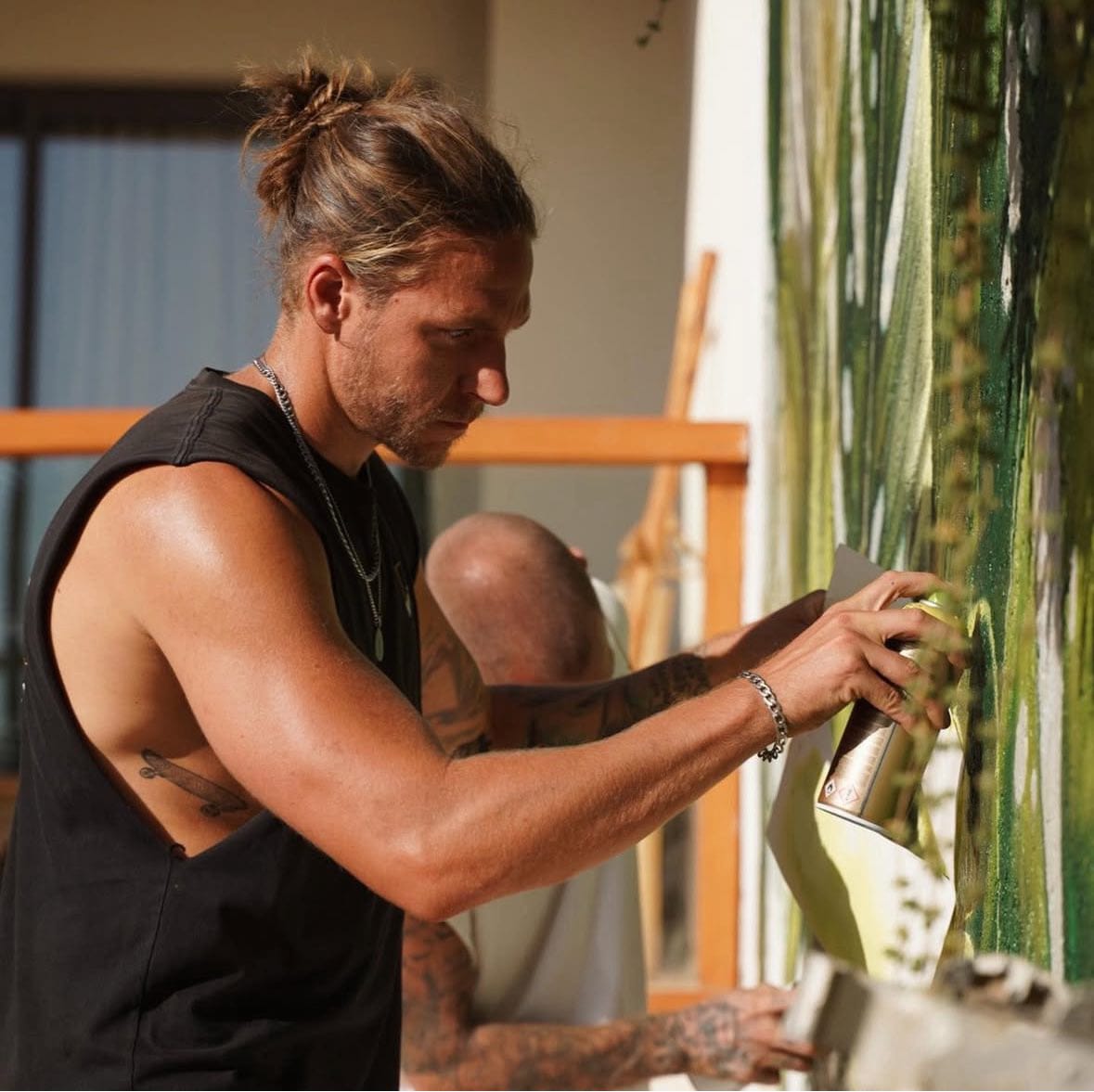

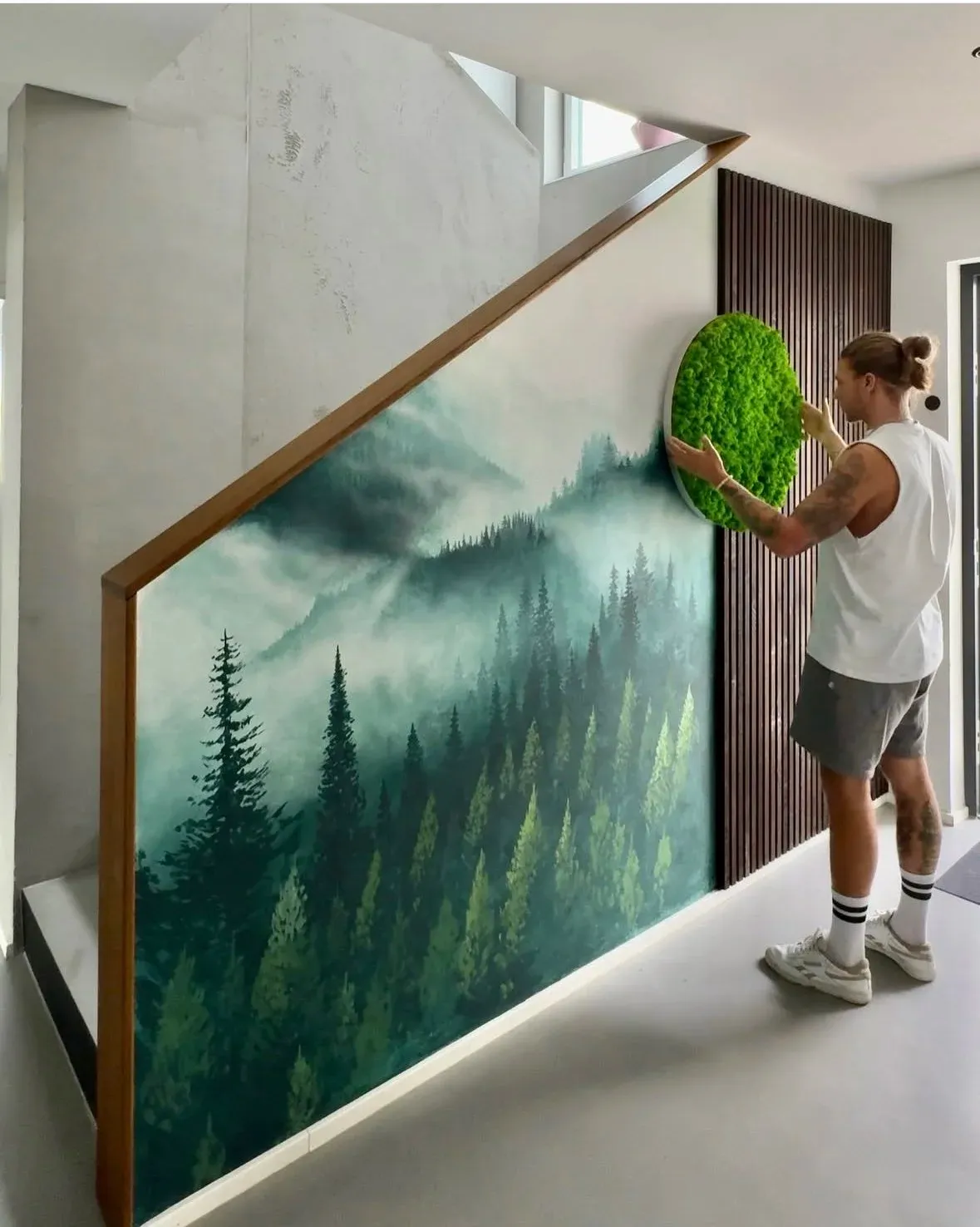
Photo: Florian's website
⸻
As Florian shows, VR isn’t just a trend — it’s becoming a practical, time-saving solution for professional muralists who rely on efficiency and precision in their day-to-day work. Tools like Sketchar allow artists to visualize designs directly on real surfaces, shorten sketch-to-wall workflows, and give clients a clear preview of the final result before a single stroke hits the wall.
For commercial artists who earn their living from murals, AR/VR opens up a world of new opportunities:
✔ Faster planning
✔ More accurate outlines
✔ Better client communication
✔ Freedom to work in any environment
✔ More time to focus on creativity rather than setup
The future of mural art is already here — and it’s powered by VR.
▋
Useful links:
Download Sketchar on Meta Quest
Visit Florian's website

